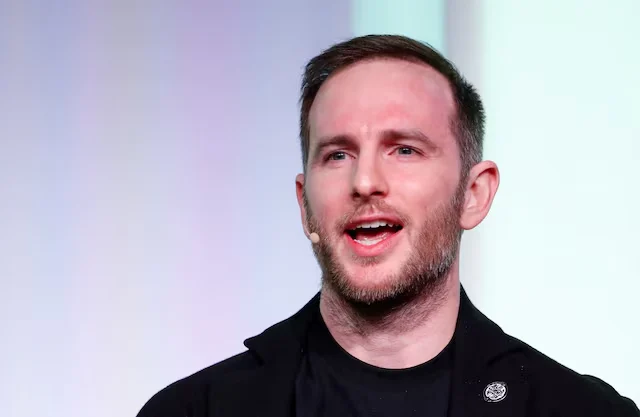26,000 Sites, One Mission
The Trump Administration just launched a massive web redesign. More than 26,000 federal sites are getting a full reboot. Leading the charge is Joe Gebbia, Airbnb co-founder, now the first Chief Design Officer. He’s running the new National Design Studio, built to fix the broken digital front doors of the U.S. government.
These sites have been a mess for years—slow, outdated, confusing. Think IRS pages that crash, passport forms buried in menus, and login screens that make no sense. That’s what Gebbia is here to change. Faster, cleaner, easier sites. No more getting lost online.
This isn’t about pretty pictures. It’s about function. The goal: make government sites work like the apps we use every day. If people can’t access services, those services might as well not exist.
It’s a simple plan: fix what’s broken, make what works easier to use, and create one experience across the board. The websites should feel like they came from the same place, not 50 different agencies with their own rules and styles. That means one voice, one layout, and one goal: make government feel modern.
One Look, One Feel
The Design Studio now sets the rules: same layout, same typefaces, same logic. It’s all going mobile-first, user-first. The plan starts with high-traffic sites—IRS, Social Security, Medicare, passports.
They’ve locked in a deadline: July 4, 2026. That’s the country’s 250th birthday. The goal is to have top sites running better by then. They want to show Americans what real progress looks like.
This isn’t a new tech office. It’s different. This one is laser-focused on the user. Bad design wastes time. Good design makes things work. That’s the thinking.
Trump new design chief, Gebbia made Airbnb easy to use. Now he wants to do the same for tax forms, benefit apps, and ID renewals. His goal: fewer clicks, fewer dead ends, and less guesswork. This could reshape how millions interact with their government.
And unlike past efforts buried in red tape, this studio has real authority. It can push agencies to follow one design system, no matter how different their missions. It’s about discipline—no more reinventing the wheel every time a site gets built.

Why It’s Hard. Why It Matters.
Fixing these sites isn’t just a design job. They need to follow strict laws, be safe from hacks, and work for everyone—especially people with disabilities. They need to run on old systems, across multiple devices, for users of all ages. That’s a serious challenge.
Agencies also need to cooperate. Some may resist. Some won’t have the money or staff to keep up. And a political shift could throw the whole thing off track. There’s always a risk that energy fades or funding dries up.
But the potential payoff is big. A shared design system means faster updates, fewer bugs, and less waste. People would spend less time hunting for forms or calling support. That saves real money and real frustration.
The everyday impact could be huge. A mom applying for childcare, a senior checking benefits, a teen applying for college aid—if those things are simple and clear, that matters. That’s where trust starts.
It also builds confidence. When sites work, people stop thinking the government is out of touch. A clean, fast homepage can say a lot. It tells people they matter, and their time matters too.
This plan only works if it keeps moving. That means steady funding, real leadership, and a focus on people, not process. If that happens, government websites might finally catch up with the rest of the internet. The National Design Studio has a shot at rewriting the way we connect with public services.
This isn’t just about web design. It’s about how people connect with the government. And sometimes, that starts with a page that loads fast and makes sense. It’s not glamorous, but it’s real. If done right, it could change how people feel about the whole system. It’s not policy on paper. It’s policy on the screen—where most people meet their government first.
A working website won’t fix everything. But it’s a place to start. And for millions of people, that first click matters more than any press release or campaign speech.









